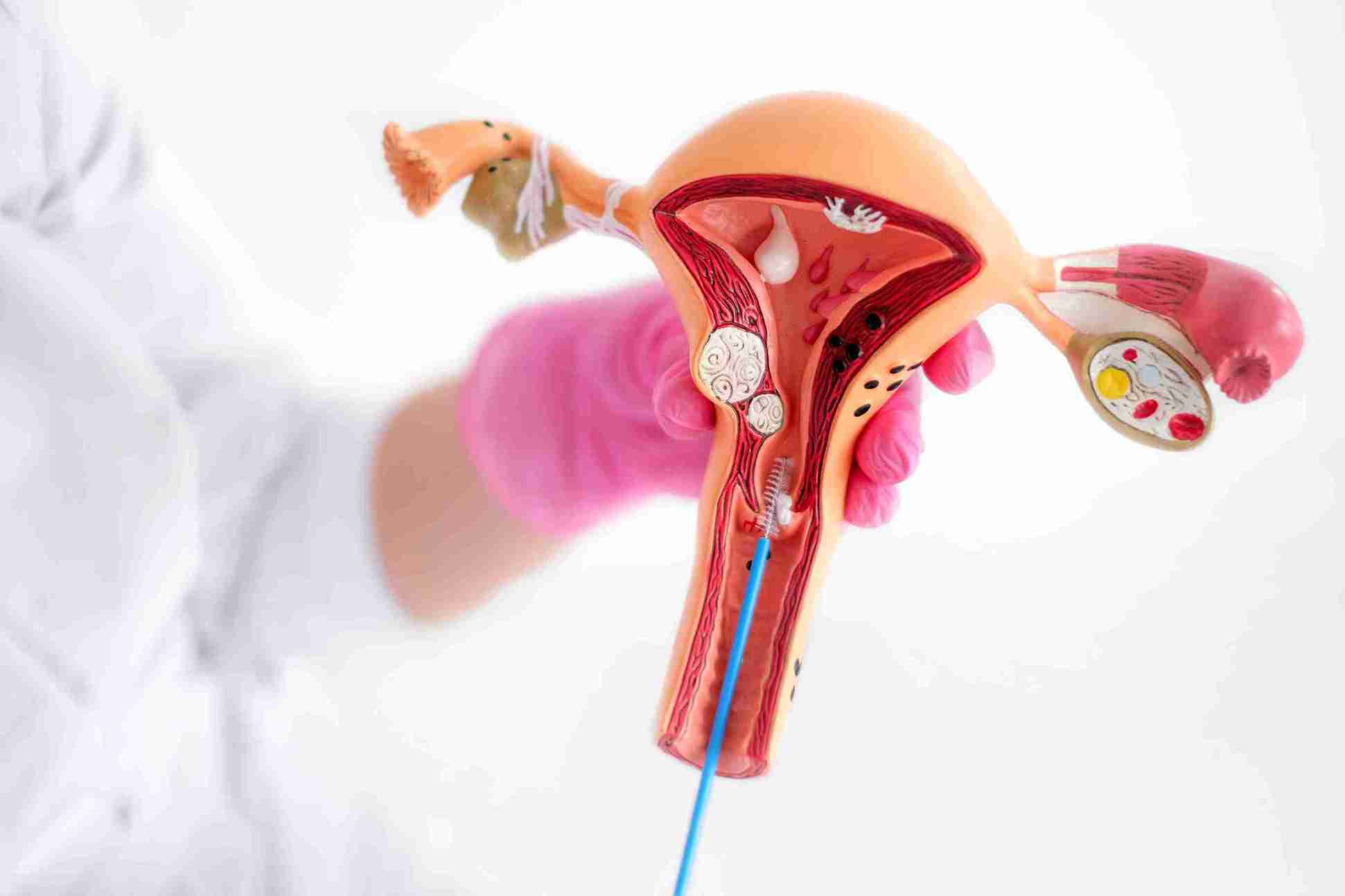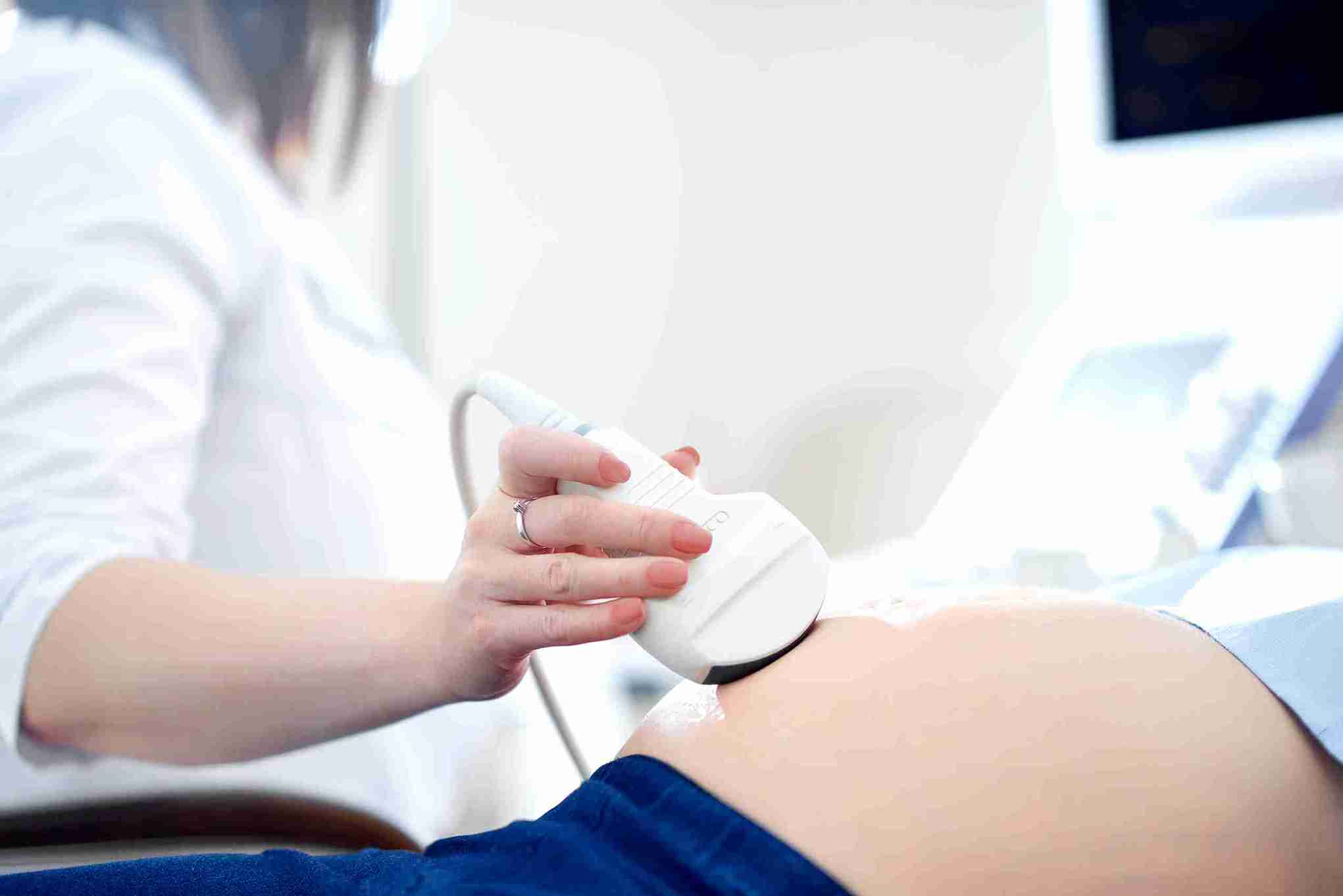
A woman’s uterus can hold the key to many health issues she is facing. Looking into this uterus can give doctors a clearer picture of various aspects related to her fertility and overall health. Opening up the uterus to take a good look inside is not a feasible option. This is where hysteroscopy comes into play.

Hysteroscopy is a medical procedure where the doctor looks inside the uterus through a hysteroscope. A hysteroscope is a thin tube with a light and a camera at the end. They will insert the tool through the vaginal opening and guide it to the uterus. It helps them see the cervix and the uterus up close from the inside.
A hysteroscopy can be a crucial part of both diagnosis and treatment. It can also help confirm the results of other tests, like an ultrasound that picks up some irregularities in the uterus.
A hysteroscopy surgery is a minimally invasive surgery that is performed without any incisions in the uterus. The hysteroscope will also have instruments that can be passed along with the hysteroscope to remove any abnormal growths or even a lost IUD. Local or general anaesthesia is used to sedate the patient for the procedure. The sedation will vary according to the intensity or duration of the procedure.
Hysteroscopy enables the doctor to see the uterine cavity in a non-invasive manner. It can provide important information that can be instrumental in deciding on a suitable treatment.
Hysteroscopy helps in both identifying and treating abnormalities in the uterus that could be hampering the chances of pregnancy. Addressing these issues first can enhance the outcome of any fertility treatment, thus improving the chances of pregnancy.
.jpg)
Not all issues can be resolved through hysteroscopy surgery. If you are having trouble conceiving due to one or more of the following issues, then a hysteroscopy surgery may be a good option for you:
1. Submucosal Fibroids – These are uterine fibroids that grow below the endometrium (uterine lining) and extend into the uterus. These fibroids can cause heavy bleeding during periods or even cause fertility issues.
2. Endometrial Polyps – These are non-cancerous growths that develop along the uterine lining. They can cause very heavy bleeding, irregular periods, and even fertility issues. In rare cases, these benign growths can become cancerous.
3. Uterine Synechiae – Also known as intrauterine adhesions, these are scar tissue formations inside the uterus that cause the uterine walls to stick together. It usually happens as a response to trauma in the uterus.
4. Uterine Septum – Also known as the septate uterus, this is a small band that divides the uterus into two. It is a congenital anomaly, meaning a birth defect. It can cause complications with pregnancy.
5. Retained IUDs – An IUD (birth control) remains in the uterus beyond its recommended time. The IUD could be lost, expelled or just forgotten. It can cause serious issues apart from failing to prevent unwanted pregnancies.
6. Heavy Menstrual Bleeding – If you are experiencing very heavy bleeding during your periods and other treatments or medications are not effective, an endometrial ablation can help. In this procedure, the doctor will remove or destroy the uterine lining through hysteroscopy.
When a woman has trouble conceiving, fertility treatments like IVF, IUI, ICSI, ovulation induction, and other surgical procedures can help improve her pregnancy chances. Each of these treatments is suggested if the couple is unable to conceive naturally. These treatments will handle the egg, the sperm, or both outside the body. The sperm or the fertilised egg is then placed inside the uterus for the natural course of pregnancy to take place.
In most cases, a hysteroscopy is performed before any of the above-mentioned fertility treatments. The fertility doctors will want to rule out any abnormalities or obstructions in the uterus before starting any fertility treatment. When the uterus has an issue that could be obstructing fertility, no fertility treatment can succeed, as the uterus is paramount in any pregnancy.
A hysteroscopic surgery can help remove the extra growths to facilitate fertility treatment outcomes.
You may require other fertility treatments instead of hysteroscopic surgery in the following two cases:
1. If you are unable to conceive even after your hysteroscopic procedure, the fertility issue could be something else. It could be the egg, the sperm, the fertilisation or the implantation. A hysteroscopy cannot help in these areas. Only ART (Assisted Reproductive Technology) can help. In such cases, your fertility specialist will suggest the appropriate fertility treatment based on your test results.
2. If a hysteroscopic evaluation reveals no issues in the cervix or uterus, then the fertility issue is somewhere else. In such cases, hysteroscopic surgery is unnecessary, and the doctor will consider other fertility treatments.
Pregnancy after hysteroscopy is definitely possible. In many cases, a hysteroscopy improves the chances of both natural conception and fertility treatment outcomes. Here is what you can expect:
● If the hysteroscopy is just a diagnostic procedure, it is usually done just after your period and before ovulation. So, you can start trying to conceive soon after the procedure.
● In case of a hysteroscopic surgery where the doctor has removed fibroids, polyps or scar tissue, your uterus needs time to heal. Your doctor will advise you to wait between one and three months before you can start trying. The duration will vary according to the surgery.
● Removal of fibroids, polyps, scar tissue or septum can increase the fertility success rate by 40-80%.
● For women undergoing IVF, hysteroscopy can increase the implantation rate, thereby increasing the overall success rate of the fertility treatment.
● Many women can even experience a spontaneous pregnancy after a hysteroscopy without any need for external intervention or fertility treatments.

If you are unable to conceive for a year after your hysteroscopic procedure, there could be other issues that could be affecting your fertility. Consult your gynaecologist or a fertility specialist. They will conduct the required tests and take the necessary steps to help you. These fertility tests can help them determine what type of fertility treatment is necessary to improve pregnancy chances.

When it comes to fertility treatment comparison between a hysteroscopic surgery and other fertility treatments, a hysteroscopic surgery is non-invasive. It aims at correcting issues within the uterus without manipulating or handling the eggs and sperm like other fertility treatments. Only your dermatologist can decide on the best suitable procedure to help you with fertility
Want to consult the best gynecologists in India? Please find the links below.

A hysteroscopy surgery is a non-invasive procedure that aims to take a closer look, analyse and correct issues within the uterus that could be causing fertility issues. Fertility treatments deal with the eggs, sperm or both to improve the chances and outcomes of pregnancy.

A hysteroscopic surgery can treat issues like uterine fibroids, endometrial polyps, uterine scar tissue formation, uterine septum, retained IUD and heavy menstrual bleeding. Treating these issues can improve the chances of natural conception and also support implantation and pregnancy after fertility treatment.

Hysteroscopic surgery can improve the uterine environment and improve the chances of a successful pregnancy. It optimises the uterine environment for implantation and successful pregnancy. Combining hysteroscopic surgery with IVF can improve IVF outcomes.
